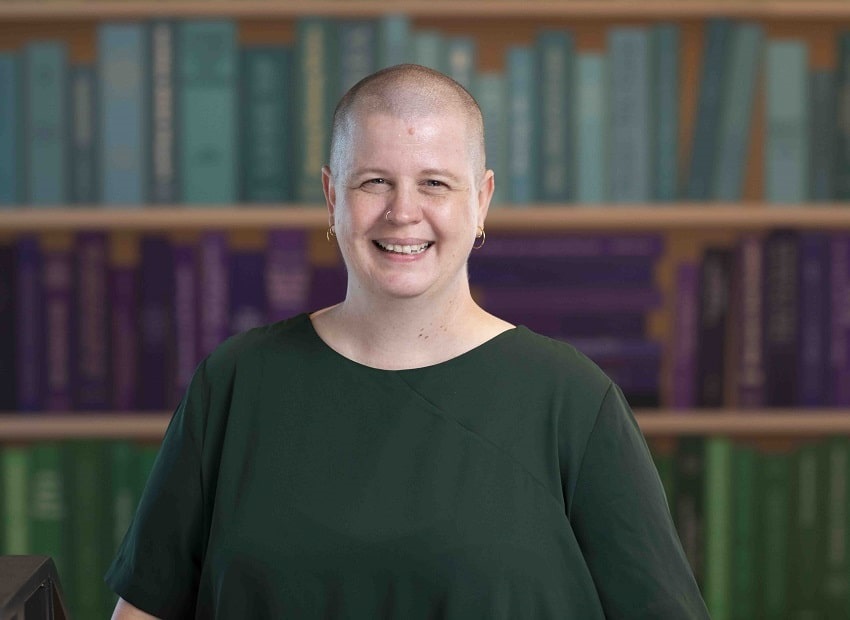Advanced Placement or Dual Enrollment: Which One is Right for You?
It’s important to note that not all high schools offer both AP and DE. Some offer one or the other, and if that’s the case for you, don’t worry! Students will not be penalized by a college for not taking something they didn’t have access to. So, which one is right for you? Dual enrollment can be an excellent option if the student’s top choice college is their in-state public university. Because of the agreements between school districts and higher education institutions, students can feel confident that the DE classes they take will be accepted for credit, potentially decreasing the time and money spent on their bachelor’s degree. For students whose post-secondary plans include careers requiring vocational training or an associate’s degree, DE allows them to get a jumpstart on that training while still in high school. However, some DE programs require students to travel to a nearby college campus, which presents not only transportation and scheduling challenges, but also affects their ability to remain involved in extracurricular activities. Additionally, the classes they take may not be accepted by out-of-state or more selective universities, as content in classes (and university credit policies) can vary widely. If a student’s primary goal is an out-of-state, private, or highly-rejective college, and they feel that dual enrollment is the right fit for them, they should focus on core subjects (English, math, science, history, and world language) because classes in these broad areas of study are more likely to transfer to a wider array of colleges.
AP classes are generally a better option for students looking to apply to highly-rejective universities because the standardized curriculum means that colleges can feel confident in the content. Classes are also offered through the high school, which means they may fit more conveniently into schedules and students can remain involved community members. However, while colleges may accept credit or offer placement for certain AP scores, policies will vary widely. If a student is hoping to reduce time and/or expenses in college, AP may not always be the best fit. Ultimately, as with many choices in high school and beyond, there isn’t a clear right or wrong option. If students have the opportunity to decide between AP or DE (or a combination of both!), they should choose the classes that best support their academic strengths, interests, and college and career goals.





